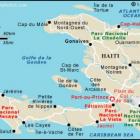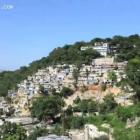ADVERTISEMENT
city
Musee de Guahaba - Limbe
The town of Limbé, part of Arrondissement du Limbé, played an integral part in Haiti's liberation.
Limbé's location in the Valley of Limbé sequestered the town from nearby areas. Its mountains offered protection to slaves engaged in a rebellion to free themselves from bondage.
Limbé slaves traversed mountain paths to secretly meet with slaves living below Limbé. They forged an alliance, which led to their defeat of the French in Cap-Haitien in 1803.
Pre-Colonization Period in the City of Limbe
Limbé Agent in French Defeat
Limbé played a role in Haiti's slave rebellion in the 1800s. Because it lay in the Limbé Valley, surrounded by mountains, slaves had access to other slaves past the Souffrieres River.
Able to travel on mountain paths to slaves living below Limbé, they formed bonds with each other, which prepared them to drive the French out of Cap-Haitien.
Limbé was the staging area for the Vertieres battle, in which slaves defeated the French forces in 1803, a year before Haiti's independence.
Home from Colonial Period in Limbe
In the Arrondissement du Limbé sits the town of Limbé, with 32,200 occupants. Limbé is sub-divided into seven partitions: Tanmas, Haut-Limbé, Souffrieres, Ravine-des-Roches, Simalo, Camp-Coq, and Plaisance.
Important to agricultural viability of Limbé is the Limbé River, which irrigates crops of bananas, mangoes, and other tropical fruits. Coffee farming and rice growing also occur.
Although deforestation has crippled much of Haiti, Limbé has more tree cover than most areas. But the Limbé River is at peril of drying up because of deforestation.
Limbé River Victim of Deforestation
Limbé, a town known for a healthy agricultural industry, is part of a dangerous trend, caused by vanishing tree cover. Large areas of barren ground suffer soil erosion when the rains come; and Limbé River's flow has slowed as a result.
Without Limbé River to help irrigate crops, more crops are failing, affecting the economy of Limbe's 32,200 residents.
Limbé still contains more tree cover than most of Haiti, but how long before more deforestation occurs?
Missing Tree Cover Slows Limbé River's Flow
Limbé, once a thriving agricultural center, has fallen victim to the rampant deforestation in over 96-98% of Haiti. Limbé River, which runs near Limbé, has been an important resource for crop yields of tropical fruits, coffee, and rice.
But lack of tree cover has washed away rich topsoil and reduced Limbé River's flow. The problem is further aggravated by flash floods, which cause the river to overflow its banks and submerge the town during the storm season.
Limbe Map in Haiti
Limbé, a mid-size town of 32,200 residents is part of Limbé Arrondissement, which also includes Bas-Limbé. Seven sub-divisions comprise Limbé: Tanmas, Haut-Limbé, Souffrieres, Ravine-des-Roches, Simalo, and Camp-Coq. Other towns near Limbé are Port-Margot, Plaisance, Cap-Haitien, and L'Acul-du-Nord.
The town contains a rich agricultural climate, supported by the Limbé River. Crop yields produce bananas, mangoes, coffee, and rice. Two hospitals deliver health care services: Dispensaire St. Jean, managed by Catholic sisters, and Hoptial Bon-Samaritain, a project of U.S. Baptist missionaries.
Martelly-Lamothe Government Asked to Fund National Botanical Garden by 2015
Thangy Armand, President of Haitian Foundation for the Environment, is pressuring Martelly-Lamothe administration to participate in planting a National Botanical Garden. A goal date of 2015 has been set to start the garden, pending the government's cooperation in allocating monies from the general fund.
To ensure the government meets the 2015 deadline, an oversight committee will check on the progress of the government as it seeks to win approval from Parliament to subsidize the project.
1987 Constitution Mandates a National Botanic Garden
Haiti needs more than Cayes Botanical Garden to maintain and protect its biodiversity; it needs botanical gardens strategically planted throughout the island.
The 1987 Constitution states Haiti's duty is ". . . to . . . maintain botanical . . . gardens at certain points in its territory." But a National Botanical Garden has yet to be created.
CBG has offered to fill the gap for information and is putting together a program to make Haitians aware about the benefits of preserving diverse plant species.
Cormier Plage, boutique hotel
Each of the 34 rooms at the Cormier Beach Resort is outfitted with a spectacular view from an ocean facing, or tropical park facing balcony. The boutique hotel was built in an old world European style and also offers a vibrant botanical garden. All aspects of the hotel are designed for the relaxation of the guest; it offers the feel of the old with the convenience of the new, as each guest room is equipped with wireless internet and air conditioning.
Cap-Haitian View
On the 7 hour bus ride from Port-au-Prince to Cap Haitien, one expects to see the turquoise ocean, gently rolling into the sandy beach, half-developed homes nestled among growing greenery, testament to the persistence of the Haitian people, rolling green hills, for which the country was named, seeming to proclaim the continuity of Haiti through disaster after disaster, and interesting people, a sight one will soon come to expect while traveling through Haiti.


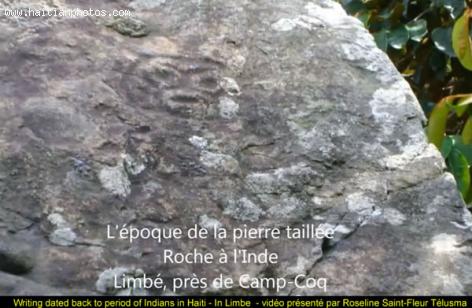
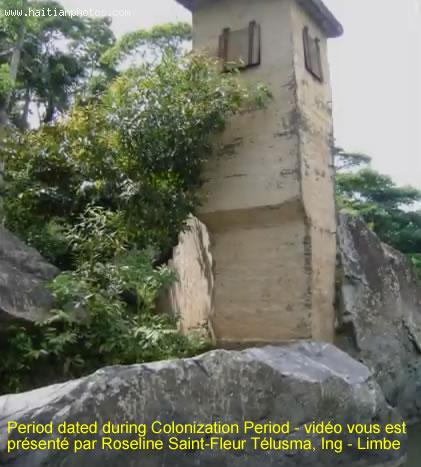
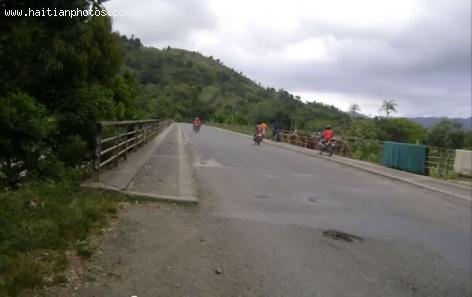
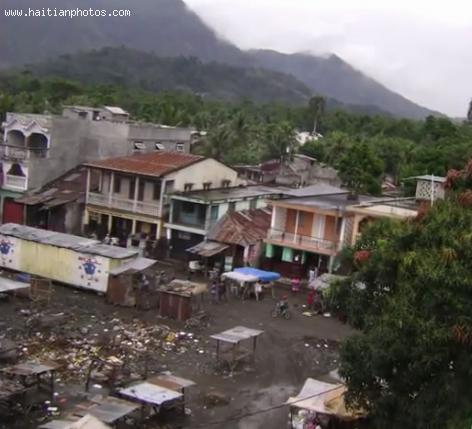
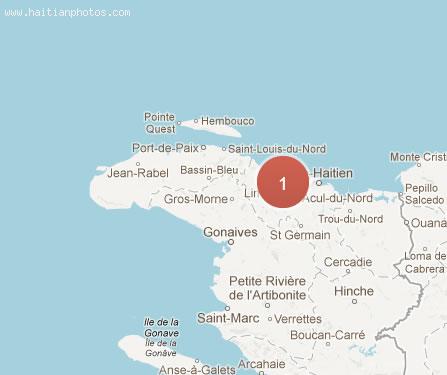

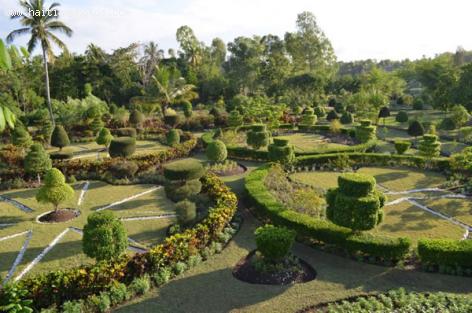
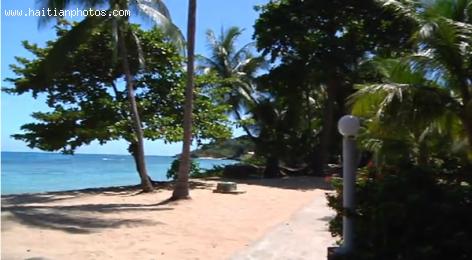
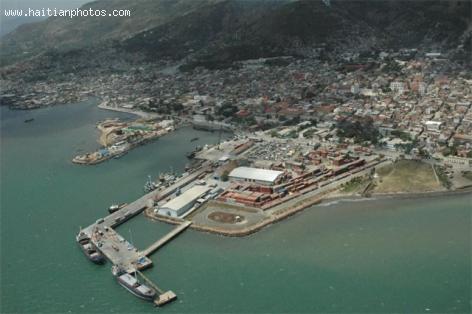
 Haiti Reception centers for Returnees from Dominican Republic
Haiti Reception centers for Returnees from Dominican Republic 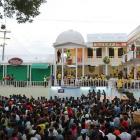 Haitian Kanaval fanenjoying Kanaval 2015
Haitian Kanaval fanenjoying Kanaval 2015  Rodent in Haiti named James Bond's hutia or Plagiodontia...
Rodent in Haiti named James Bond's hutia or Plagiodontia...  Dr. Henri Ford, First Haitian Dean At University of Miami Med...
Dr. Henri Ford, First Haitian Dean At University of Miami Med...  Commissioner Frantz Pierre indicted for accepting bribes
Commissioner Frantz Pierre indicted for accepting bribes  Jack Guy Lafontant resigns as Haiti Prime Minister
Jack Guy Lafontant resigns as Haiti Prime Minister  Jean Henry Céant deposited documents in Parliament for...
Jean Henry Céant deposited documents in Parliament for...  Rafael L. Trujillo welcoming Paul Magloire in Santo Domingo
Rafael L. Trujillo welcoming Paul Magloire in Santo Domingo 
